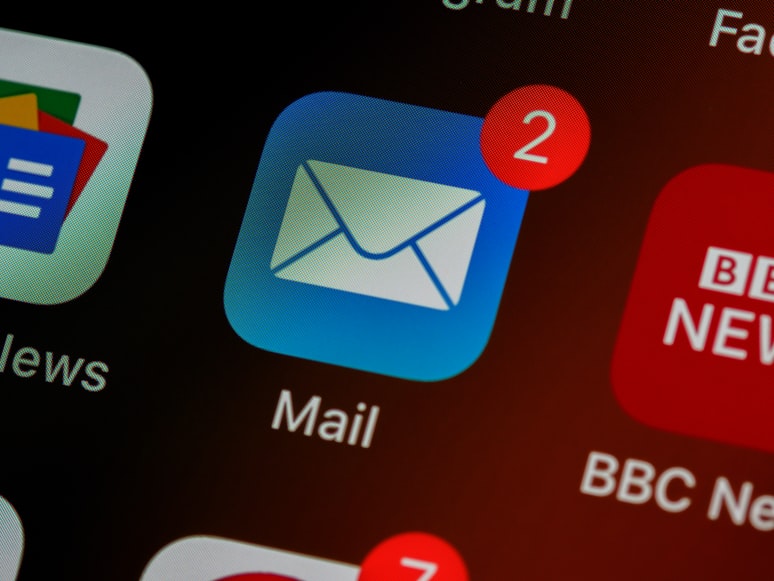Companies often have to deal with more contracts as they grow. This is a sign of a growth plan, but it can also be a problem if it doesn’t manage its contracts. Additional contracts can be a sign of weaknesses in the company’s contract management system.
While some issues may be minor incontinences, others can lead to major problems. It can take a crisis to make executives realize the dangers of not having a contract management system. Failure to comply, missing deadlines, ineffective reports, poor access control, and inefficient approval workflows could have devastating consequences. Substandard CLM can also cause a gradual but steady decline in profitability.
By implementing good contract management practices and online contract management software, a company can be more secure through better risk management.
With Alerts and Notifications, You Can Eliminate Missed Milestones and Obligations
Financial consequences can be severe if you miss automatic renewals or activate conditions by meeting certain milestones. The CLM software makes it easy to avoid them. To stay on top, you can set up automated alerts, tasks, and reminders linked to your contract data record.
This is a great example of how contract management software can help mitigate risk. You no longer need to track dates manually. Besides, you have the benefit that you can keep an archived history for audit purposes.
Automated CLM Workflows
You increase the likelihood of discrepancies and inaccuracies by not knowing where a contract is at any point in its lifecycle. Small mistakes can have a significant impact on your business and reputation. You can provide superior products and services to your clients if you are aware of all contract processes.
Automated contract lifecycle workflows allow for transparency, visibility, control, and accountability. Automated workflow automation makes it easy to keep all parties informed with contract risk management tools. This provides for handoffs, action steps, and collaboration.
Use Encryption to Protect Your Contract Data
Encrypting all documents is another way to protect your contracts against unauthorized access, especially from outsiders. The best contract management software uses the most recent encryption standards to encrypt information in transit and at rest.
Any data stored in your contract management software is considered data at rest. Data in transit is any data sent from or from your contract management software to another application or user.
Filtered and Customizable Search Features
It is crucial to have a searchable and organized contract repository to reduce risk. Functional search tools can be used to locate the information you need so that you can make sure your company is compliant with all contracts. This helps reduce and mitigate contract risk.
You can use your contract repository to refer to past contracts to help you draft and select terms for new contracts. You can use an easy-to-use search feature to perform filtered searches and find similar contracts and documents. This will help you in drafting new relevant contracts. You can lower risk by having more resources for contract building.
Increase Compliance with Clause and Template Libraries
Non-compliance is one of the greatest contract risk factors. One of the main reasons for non-compliance is the use of incorrect language in contracts. Contract management software allows you to create clause and template libraries, ensuring that everyone who is creating contracts uses the most current preapproved language from the legal team.
This reduces the risk of contract infringement if language isn’t properly vetted. It is also possible to use your business rules to determine which clauses or templates you should use in specific situations, such as when to include a cyber security clause.
It Is Possible to Increase Collaboration While Managing Risk
You can automate workflows to improve communication during both the approval and negotiation steps. The integration of various features such as redlining, “@,” mentions, Email Integration, and many others in one place can make it easy for multiple parties or people to collaborate.
This makes it much easier and faster to navigate through the various stages of the contract lifecycle. Automated workflows make it easier for cross-department collaboration and communication. Risk mitigation is made more accessible by the technology’s ability to offer real-time versions of documents with the latest iterations.
Secure Approvals with E-Signatures
Electronic signatures allow documents to be signed quicker and more securely than paper signatures. The 2002 ESIGN Act has made them legally binding for more than 16 years. E-signatures provide a digital record of who, when, and where a document is signed.
This helps to verify authentication and aid in audit trails. E-signatures reduce contract risk by prohibiting tampering in contract approvals. They also prevent the possibility that a contract’s hard copy might be lost. E-signatures also make contract approval easier by allowing for mobility. Contracts can be signed from anywhere, on any device.
Final Words
The three critical steps to contract risk management are: assess, identify, and mitigate. Contract management software can help but also play a significant role in this effort. There are always risks associated with any contract. This is why it is crucial to have good contract management practices as a cornerstone in any risk management program.
Read Also:

























